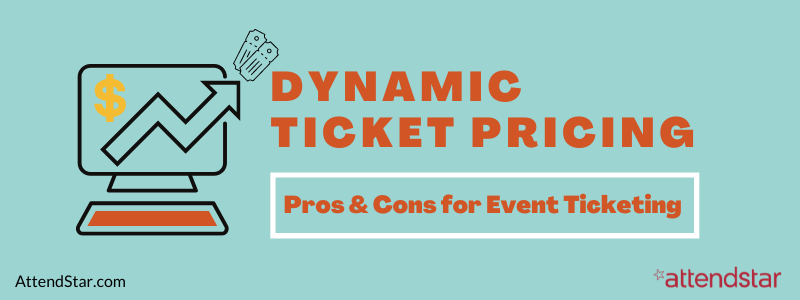

By leveraging data and analytics, companies can set prices that reflect the current market conditions and maximize their profits. Peak pricing is a strategy used by businesses to adjust prices based on customer demand. Additionally, it allows them to respond quickly to changes in the market and optimize their profits without sacrificing customer satisfaction. It is especially useful for businesses that have a fluctuating demand for their products or services, as they can adjust their prices accordingly. Time-based pricing can be used in different industries, ranging from hospitality and tourism to retail and e-commerce. This type of pricing model has been gaining traction in recent years, as it enables businesses to maximize their profits while still providing customers with competitive prices. This approach can be an annoying one for customers, but its proven ability to maximize profits means that it will likely continue to be used in many markets.Time-based pricing is a dynamic pricing model that allows businesses to adjust their prices according to the demand and supply of goods or services. And finally, if an entire industry adopts dynamic pricing, then a company must invest in competitor price monitoring systems, to see if its prices are similar to those offered by competitors.
#Dynamic pricing pros and cons update#
Fourth, if used in a retail environment, it requires considerable activity to update prices on products as soon as the system alters prices. Third, it may require an expanded marketing presence in the marketplace to communicate pricing changes to customers. Second, sudden changes in price can alter the demand for goods, which makes it difficult to plan for inventory replenishment. Thus, it can result in a loss of market share. First, if prices change constantly, customers can become confused by the situation and be attracted to those sellers who do not use dynamic pricing. Disadvantages of Dynamic Pricingĭespite the preceding list of advantages, there are also several disadvantages associated with use of the dynamic pricing method. This approach tends to eliminate excess inventory quickly. Also, dynamic pricing involves a considerable amount of inventory monitoring, with price reductions in response to higher inventory levels. If a seller constantly updates its prices with dynamic pricing, it will likely maximize its potential profits. Advantages of Dynamic PricingĪ key advantage of using the dynamic pricing method is profit maximization.


In this situation, sellers reduce prices as demand falls and increase it as demand increases. Also, dynamic pricing works well when demand fluctuates considerably in comparison to a relatively fixed amount of supply. Thus, if a single hotel were to keep its prices low during the peak tourist season, it could likely steal business away from competitors. Thus, dynamic pricing can be adopted along a broad continuum, ranging from constant to infrequent pricing changes.ĭynamic pricing works best when it is used in concert by all of the major players in an industry. Some industries, such as airlines, use heavily computerized systems to alter prices constantly, while other industries institute pricing changes at longer intervals. Utilities may charge higher prices during peak usage periods. Thus, ski resorts increase their room rates over the Christmas holiday, while Vermont inns increase their prices during the Fall foliage season, and Caribbean resorts reduce their prices during the hurricane season.Įlectricity. The hotel industry alters its prices depending on the size and configuration of its rooms, as well as the time of year. Thus, many different prices may be charged for seats on a single flight. The airline industry alters the price of its seats based on the type of seat, the number of seats remaining, and the amount of time before the flight departs. Several examples of dynamic pricing are:Īirlines.

Dynamic pricing is a partially technology-based pricing system under which prices are altered to different customers, depending upon their willingness to pay.


 0 kommentar(er)
0 kommentar(er)
